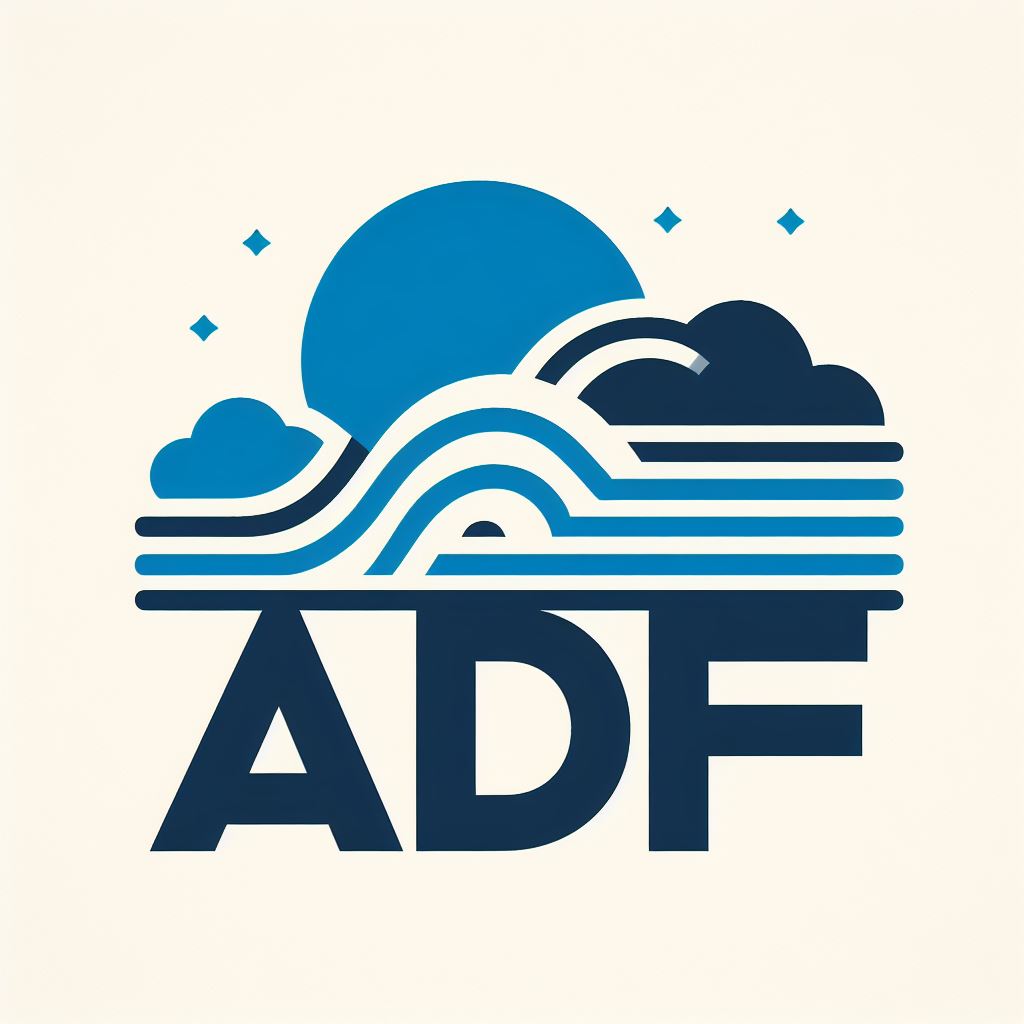Welcome to the AMWG Diagnostics Framework (ADF) Tutorial
Welcome to the AMWG Diagnostics Framework (ADF) Tutorial#
AMWG Diagnostic Framework

This material is based upon work supported by the National Center for Atmospheric Research (NCAR), which is a major facility sponsored by the National Science Foundation (NSF) under Cooperative Agreement No. 1852977. Staff time on this project was also supported by NSF award numbers
The purpose of this tutorial/demo is to give some exposure to what the ADF is and who could benefit from using it. This tutorial is meant to encompass basic to advanced uses of the ADF with guided examples to follow with sample data. It could also be used for a quick how-to for folks eager to try it with their own cases/data.
There is a reference section that is meant to dive deeper into aspects of the ADF as well as a Frequently Asked Questions (FAQ) section at the end for some common questions/gotchas that can arise from using the ADF.
Feel free to explore this tutorial in any order you wish, but the layout is as follows:
Intro to the ADF
key features
ADF comparisons
ADF flow/layout/setup
outputs
Installation and Setup
ADF Basics
use of YAML files for configuring the ADF
quick ADF setup
-> meant for users that have cases ready to try with the ADF
Guided Examples
step by step process to run the ADF with supplied sample data
-> meant for users who want to try the ADF in an example setting
several examples including:
CAM vs CAM diagnostics
CAM vs Obs/Reanalysis diagnostics
customization of conifguration files
adding custom plots to user’s ADF (advanced)
using the ADF in a Jupyter session (Jupyter Hub/Notebook)
ADF Reference
detailed information about the ADF
libraries and python scripts
config yaml files
Troubleshooting the ADF
ways of contact for support
frequently asked questions
